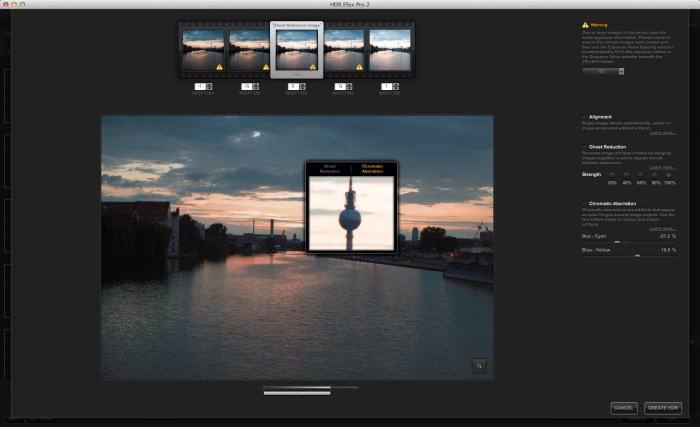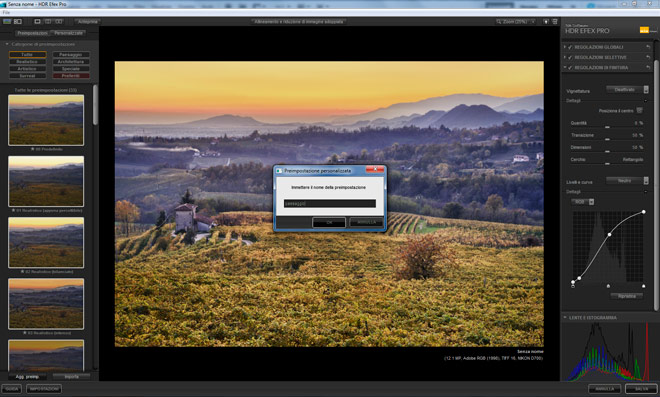

But those same sliders could also create some very odd looking "pop art" effects that interestingly have become somewhat trendy these days as an art form unto itself. Primarily by virtue of providing more sliders to control how the tone mapping was done, it was able to do a much better job than Adobe's tone mapping was capable of. The leader in HDR software has long been Photomatix Pro from HDRSoft. Current versions of Photoshop can merge multiple images to create an HDR fairly well, but Adobe's tone mapping functions to then convert the result into a usable image are, in a word, poor.

Which brings me to the state of HDR software when Nik announced HDR Efex Pro. And I'm saying this as someone who appreciates the control Photoshop Layer Masks give me. In all of these, it's actually quite uncanny how well Control Points work. Since then, they've added it to the popular Color Efex Pro and the more recent Viveza and Silver Efex Pro. Nik's "U Point®" Control Point technology was first introduced in the joint Nik / Nikon venture that became Capture NX (now Capture NX2). The Layer Mask capability in Photoshop is obviously much more powerful, but requires much greater skill and time commitment from the user in order to get the best results. Those of you already familiar with Nik Software as a company are probably aware of their Control Point technology that employs automated, content aware image evaluation to build adjustment masks with only a suggestion or two from the user as to what should be included or excluded. Here are some thoughts on my experiences with it, both good and not so good.

Particularly if you are interested in realistic looking HDR. You owe it to yourself to try it if you haven't yet and are interested in HDR. A few months back, Nik Software released their long awaited high dynamic range application called HDR Efex Pro.


 0 kommentar(er)
0 kommentar(er)
